The iPhone 12 Pro Max's name might sound like a brand of washing powder, but for photographers it's the first iPhone that's truly worthy of that 'Pro' moniker.
Its predecessors, the iPhone 11 Pro and Pro Max, are certainly fine cameras. When both arrived in 2019, they brought important upgrades like an ultra-wide lens and Deep Fusion processing, which propelled the former to the number two spot in our best phones guide.
But they're also mainly built on a point-and-shoot style that doesn't quite match their professional billing.
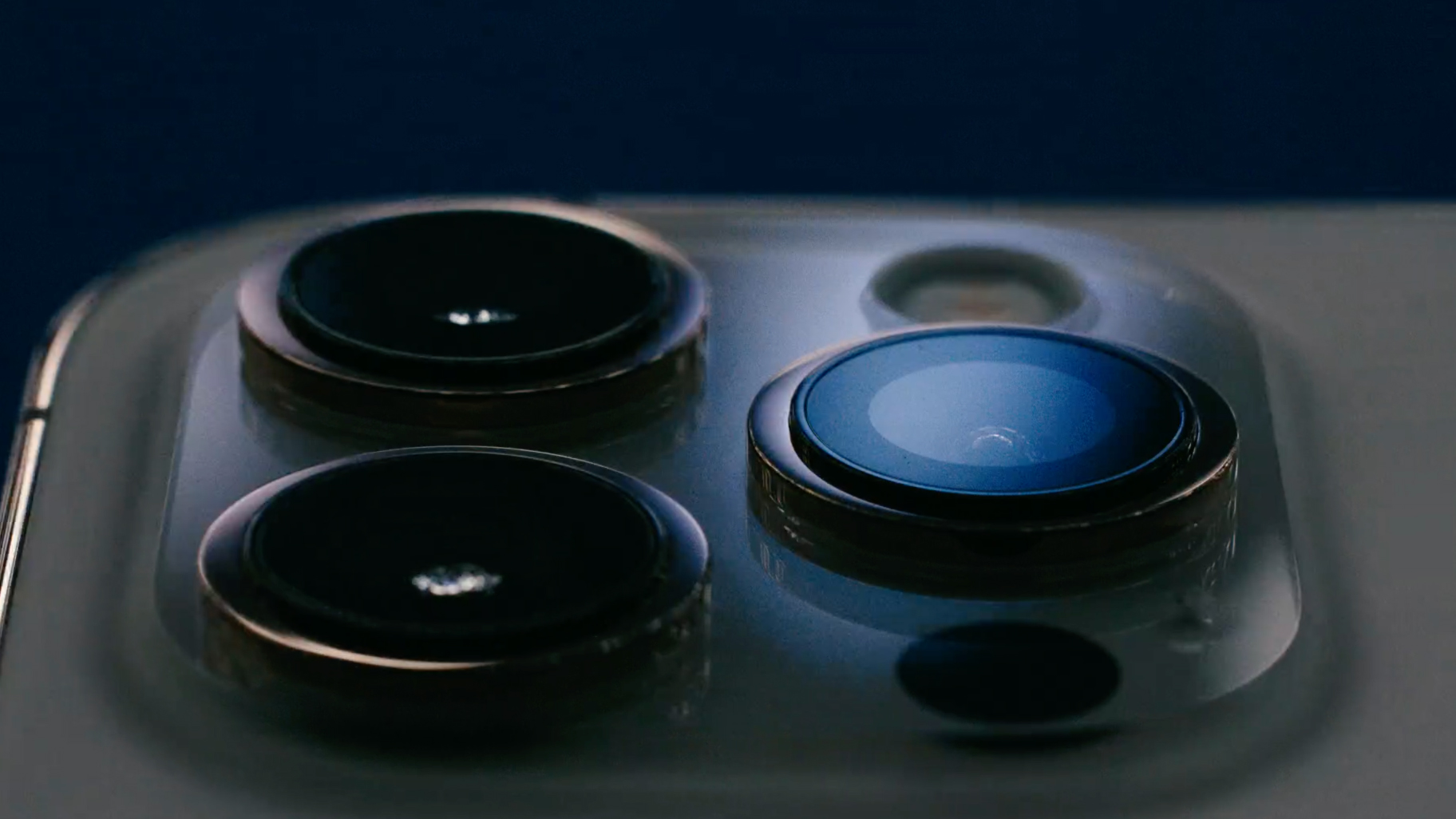
The iPhone 12 Pro and, in particular, the iPhone 12 Pro Max, are different. Watching Apple's announcement was like watching a camera launch, only one directed by Michael Bay. Bombs were dropped left and right: the A14 Bionic chip for extra computational power, a new photo format called Apple ProRaw, a Lidar-boosted autofocus system, 10-bit Dolby Vision HDR video, to name a few.
But the biggest kabooms were reserved for the iPhone 12 Pro Max. That flagship, which is arguably more camera than phone, has two crucial things that you can't get on the standard iPhone 12 Pro: a main 'wide' camera sensor that's 47% bigger than its sibling's chip, and sensor-shift stabilization.
Both of these features are an old-school, camera-style approach to improving image quality. But it's how they combine with those other new advances, plus the flexibility of formats like ProRaw and Dolby Vision HDR, that make the iPhone 12 Pro Max a landmark 'pro' camera for Apple. And its biggest attack yet on today's best mirrorless cameras.
Aw, snap!
Of course, this is far from the first time that smartphones have threatened mirrorless cameras – after all, digital camera sales peaked in 2010 (falling 87% since then, according to CIPA figures) and this year Olympus decided to exit the camera business. The reason? A "rapid market shrink caused by the evolution of smartphones."
But with the iPhone 12 Pro Max, it's different. In general, compact point-and-shoots and entry-level mirrorless cameras have mainly taken the brunt of smartphone advances. This time, Apple is firing shots at the next level up – mid-range mirrorless cameras and, if the hype is to be believed, even some pro models.
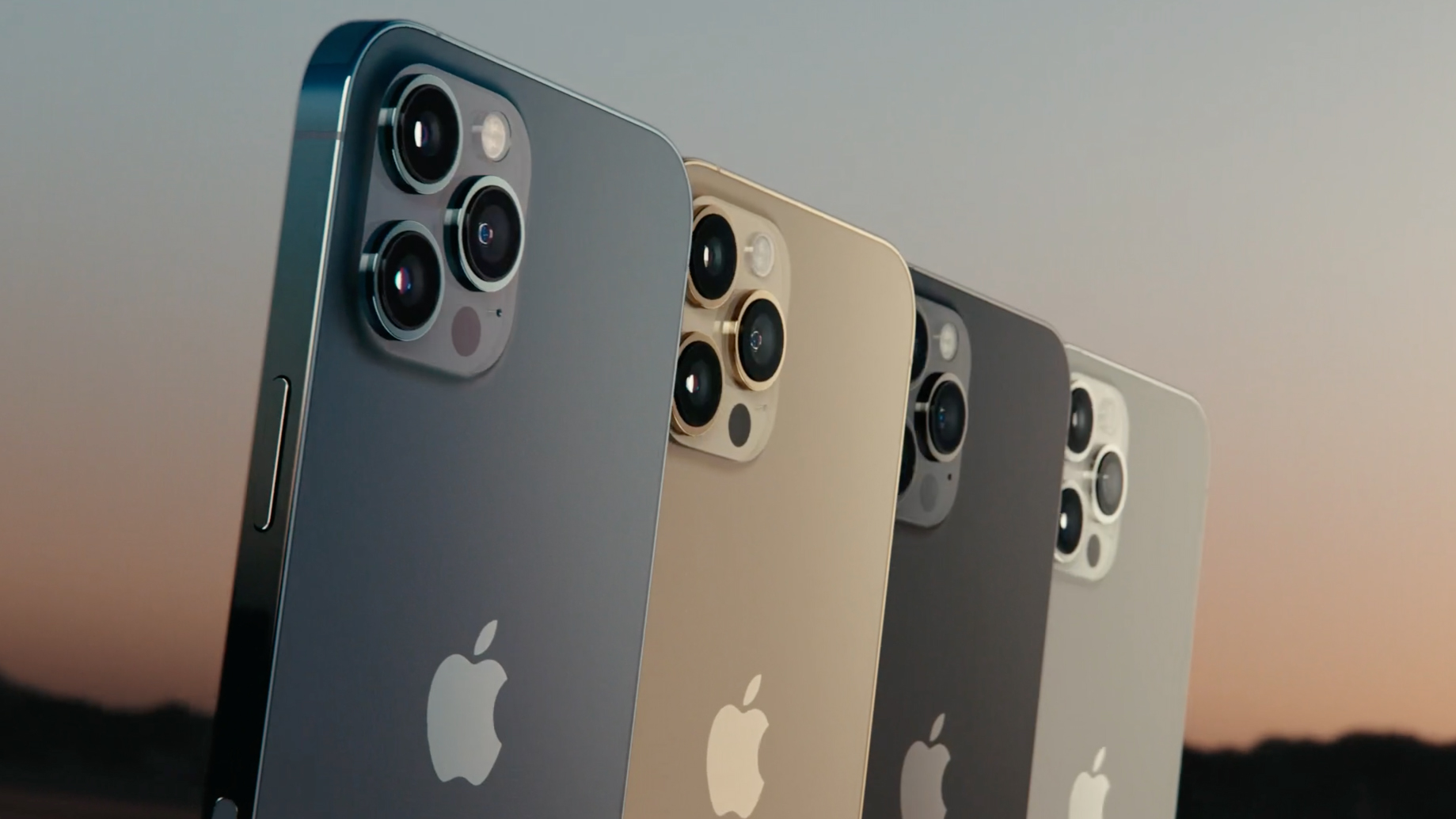
This is why the likes of Canon and Nikon have scrambled to the lifeboats of professional full-frame cameras, like the Canon EOS R5 and Nikon Z6 II. Surely 'the meg', A.K.A smartphones, can't reach them there for years? The iPhone 12 Pro Max suggests that could day come sooner than they may have feared.
Apple's "best camera ever" (as the company called it) is no hardware match for a Canon EOS R5 and is highly unlikely to be a pro photographer or filmmaker's main camera. But the iPhone 12 Pro Max does represent an important shift for Apple cameras – it contains tools, rather than just branding, that are genuinely designed and built for professionals. And more broadly, it also embraces the main thing that differentiates a point-and-shoot from a hobbyist or pro camera: creative control.
Quality control
This new creative control, promised by the likes of Apple ProRaw, fills an important gap that existed on Apple's previous 'pro' phones. Until recently, computational photography has mainly been a way for phones to overcome their physical limitations, rather than a tool for pros to harness.
Last year, Apple pitched Deep Fusion – which takes multiple frames and processes them, pixel by pixel, into a better photo – as an automatic 'under the hood' process. Apple's SVP Phil Schiller famously branded it "computational mad science". In other words, all you needed to know was that it helped you take 'better' photos, and Apple's 'Deep Fusion' processing would make all the 'correct' decisions to get there.
But this approach is really the opposite of a 'pro' camera. Some of Apple's rivals, like Google, realized this and added features like 'Dual Exposure controls' to give you more control over HDR photography. But now the iPhone 12 Pro range is finally promising to live up to its name, in part thanks to that new format called Apple ProRaw.
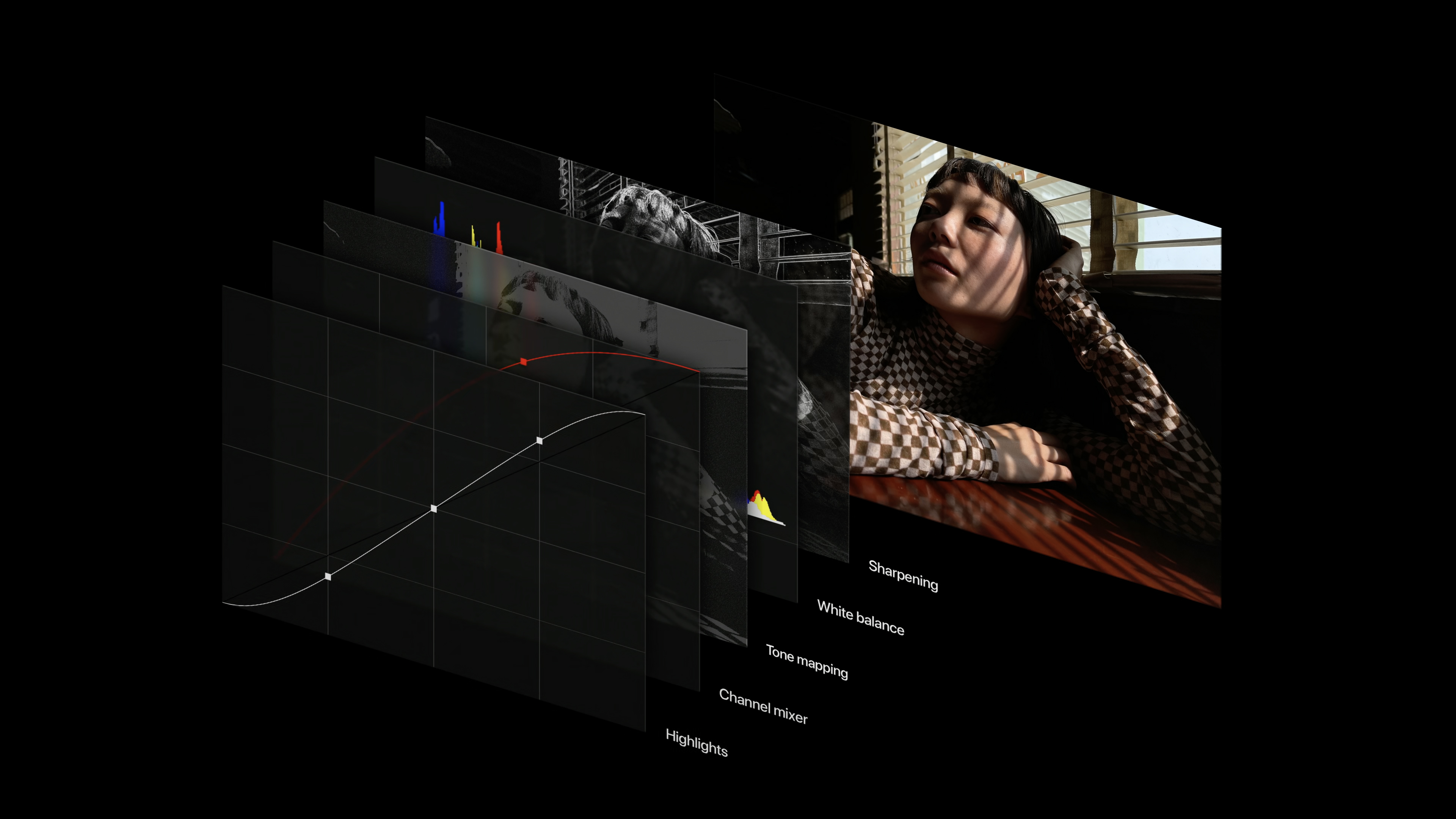
We don't yet know ProRaw's specifics, but the main idea is that will lift the bonnet on Apple's computational photography engine and let you have a tinker, while offering access to traditional raw staples like exposure and white balance. Throw in all that extra information from the Deep Fusion pipeline, and you get something that we haven't quite seen on traditional cameras.
Of course, it's been possible to shoot and edit raw photos on Apple phones since the iPhone 6S, and mirrorless cameras do offer in-camera raw processing – but this potentially offers a new accelerator for pro workflows, particularly as Apple is opening up the format to third-party developers.
Still, creative flexibility is only one part of the reason why the iPhone 12 Pro Max is Apple's biggest attack on higher-end mirrorless cameras yet – the other is good old-fashioned hardware.
- These are the best camera phones in the world right now
Mirroring mirrorless
The most striking thing about the iPhone 12 Pro Max launch was how much it mirrored this year's camera announcements.
The big trends in this year's Canon, Nikon, Sony and Fujifilm launches have been a step up from 8-bit to 10-bit internal video recording, the inclusion of in-body image stabilization (IBIS), and a move towards 'hybrid' cameras that are as comfortable shooting video as they are stills.
The iPhone 12 Pro Max announcement ticked all of these boxes. And, perhaps most importantly, it also delivered a new larger sensor on its wide camera that's 47% bigger than the one on the iPhone 12 Pro. Because this still has a 12MP resolution, it has relatively large 1.7-micron pixels, which combine with the fast f/1.6 lens to produce, as Apple claims, an 87% improvement in low light performance.
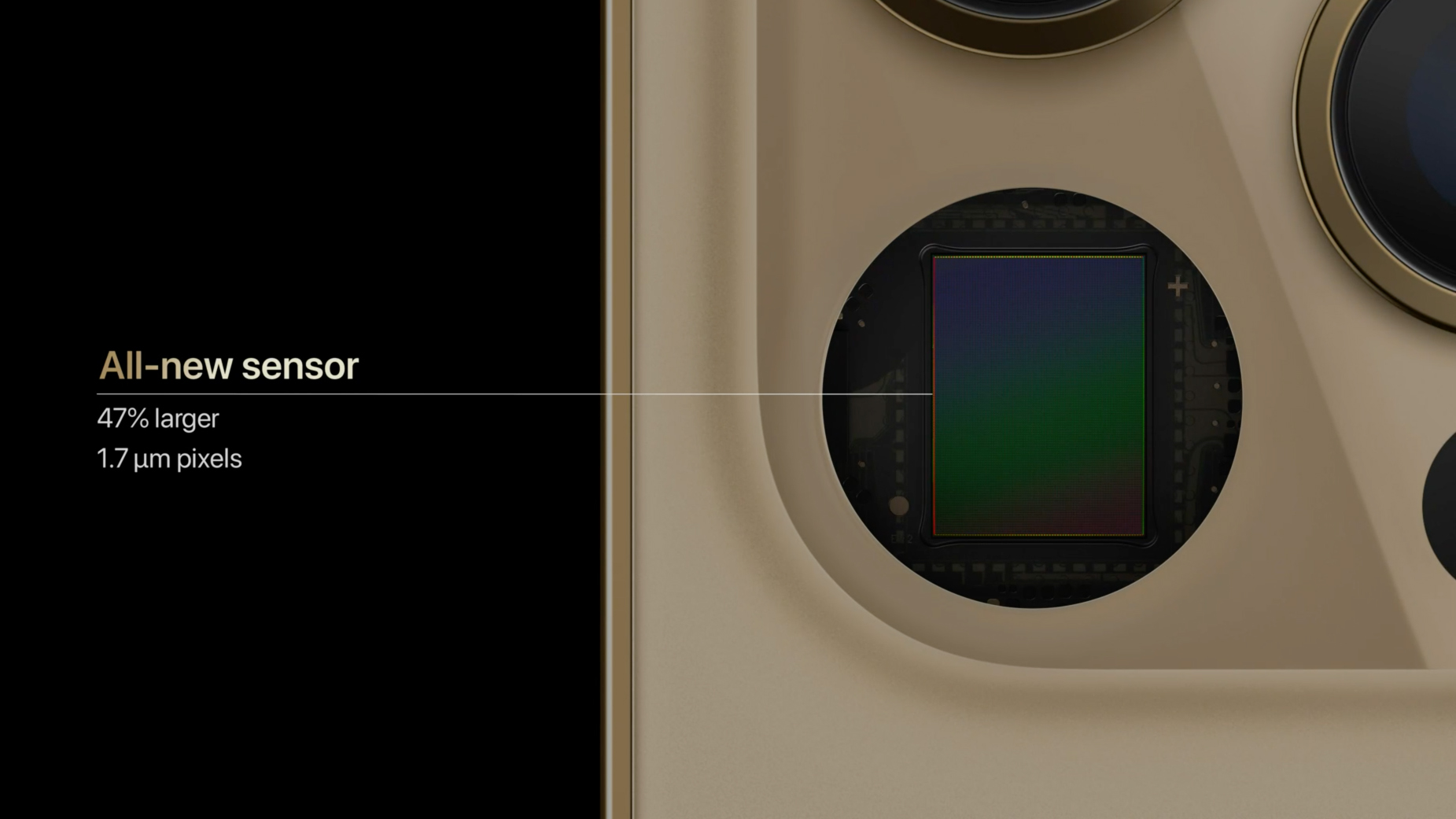
There are a few pinches of salt to be added here. Firstly, while the iPhone 12 Pro Max's pixels are the largest in an Apple phone, they're not the biggest we've seen in a smartphone and are significantly smaller than the 8.4-micron pixels found on a full-frame sensor.
Secondly, the Pro Max's sensor-shift stabilization, while an important development for phones, is only a two-axis anti-shake affair, rather than the significantly more advanced five-axis stabilization seen in cameras like the Canon EOS R5 and Fujifilm X-S10.
But the exciting thing about the iPhone 12 Pro Max isn't its camera hardware alone. It's the combination of that new sensor, lens and the latest Deep Fusion processing that we're really looking forward to seeing in action (albeit in secret, while our mirrorless camera is watching a movie).
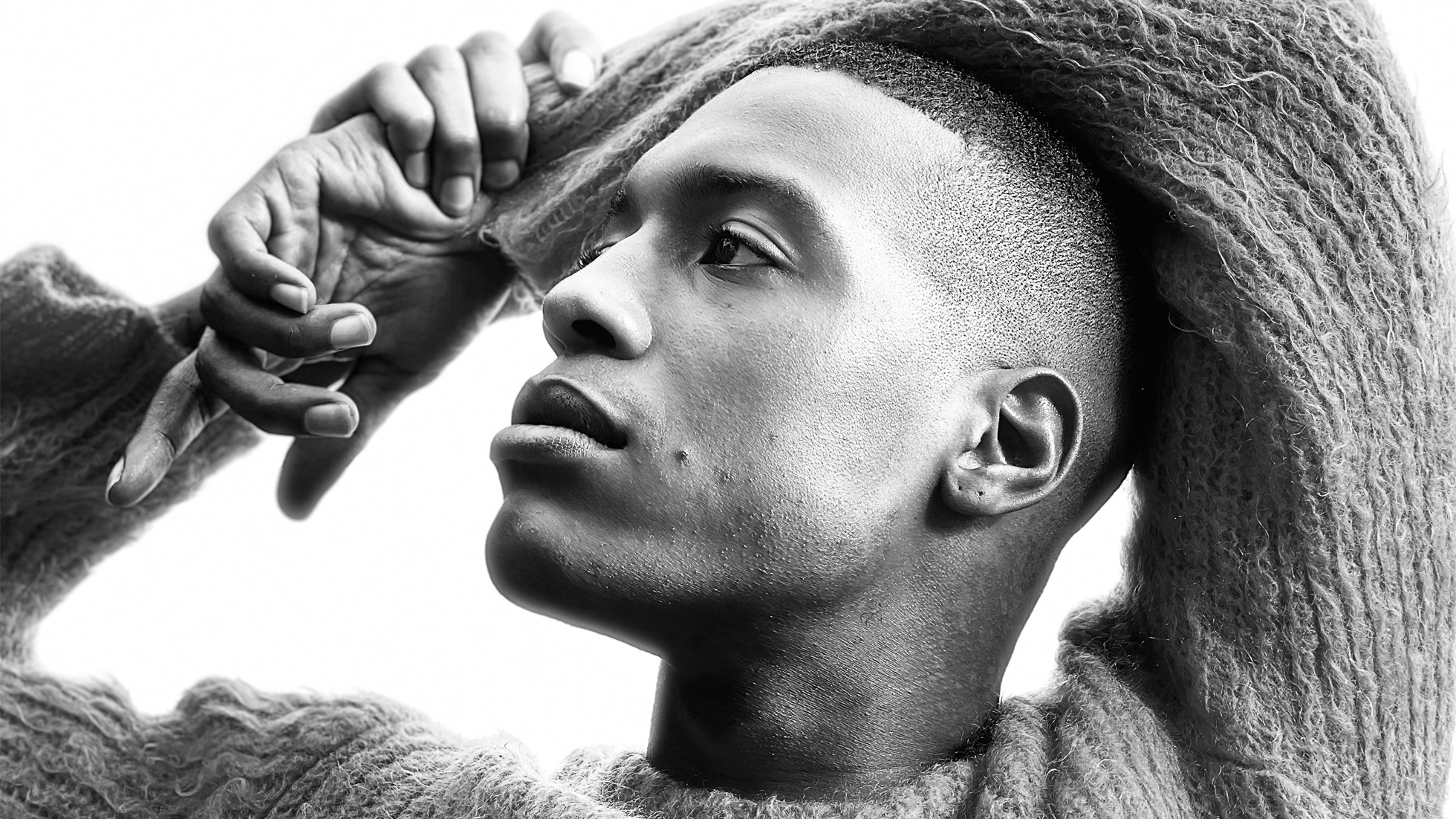
These advances again represent a move away from point-and-shoot. With that larger sensor and faster lens, it's possible we'll start to see more 'real' shallow depth of field in the Pro Max's photos (as opposed the artificial kind you get with Portrait mode). And with that comes the possibility of missing focus, if you don't know what you're doing.
The real appeal of mirrorless cameras (and their DSLR predecessors) is that they don't just have a piece of silicon making all of the creative decisions for you. With the iPhone 12 Pro Max, Apple is starting to offer some of that traditional camera appeal alongside its computational smarts.
Will mirrorless cameras continue to offer benefits like larger sensors, electronic viewfinders and superior handling? Absolutely. But could some hobbyist shooters think twice about investing in a mid-range mirrorless camera when the iPhone 12 Pro Max offers such a compelling blend of hardware and software? Unfortunately for camera manufacturers, quite possibly.
- These are the best mirrorless cameras you can buy right now
Pocket cinema
The iPhone 12 Pro Max isn't just for photographers, either. It has its sights set on videographers, too, with Apple claiming that "the movie industry can now count on it as an essential piece of equipment".
Classic Apple hyperbole? 'Essential' is certainly pushing it, but there's no doubt the iPhone 12 Pro Max now offers serious tools that could at least make it a B-camera for pro videographers.
Like all of this year's iPhones, it can shoot 4K 10-bit video in Dolby Vision HDR. That's a big deal. The 'Pro' models can do this at 60p, rather than the 30p offered by the iPhone 12 and iPhone 12 Mini. But the most important thing is that ability to shoot 10-bit HDR video, which is something that's only recently been embraced by this year's mirrorless cameras.
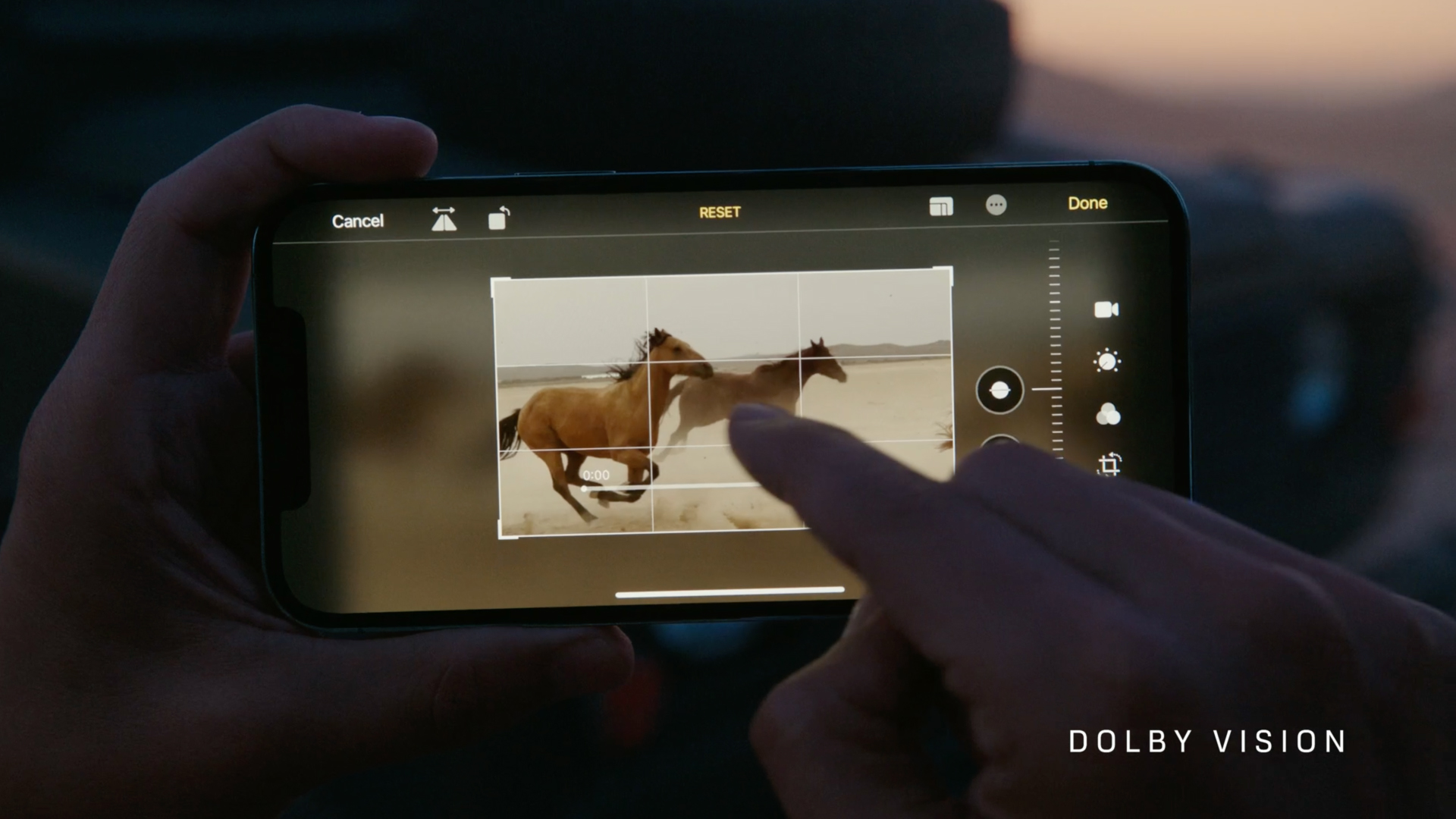
For pros, the main benefit of 10-bit HDR is a far greater range of available colors (700 million, or about 60x more than last year's models). And for viewers, Dolby Vision HDR – an increasingly popular HDR format that's now Netflix's choice for its TV and films – the effect is more colorful, dynamic images that are calculated on a scene-by-scene basis.
The presence of Dolby Vision HDR recording on the iPhone 12 Pro Max is something of a future-proofing move, but it again shows how much this phone is stepping into the realm of cameras like the Blackmagic Pocket Cinema Camera 4K.
The latter is a better pro camera in countless ways, including XLR connections for audio and a full-size HDMI port for external monitors. But could the iPhone 12 Pro Max muscle its way into productions as a handy B-camera? As Apple said, its recent role in shooting the likes of American Idol and Mythic Quest suggest it's already there.
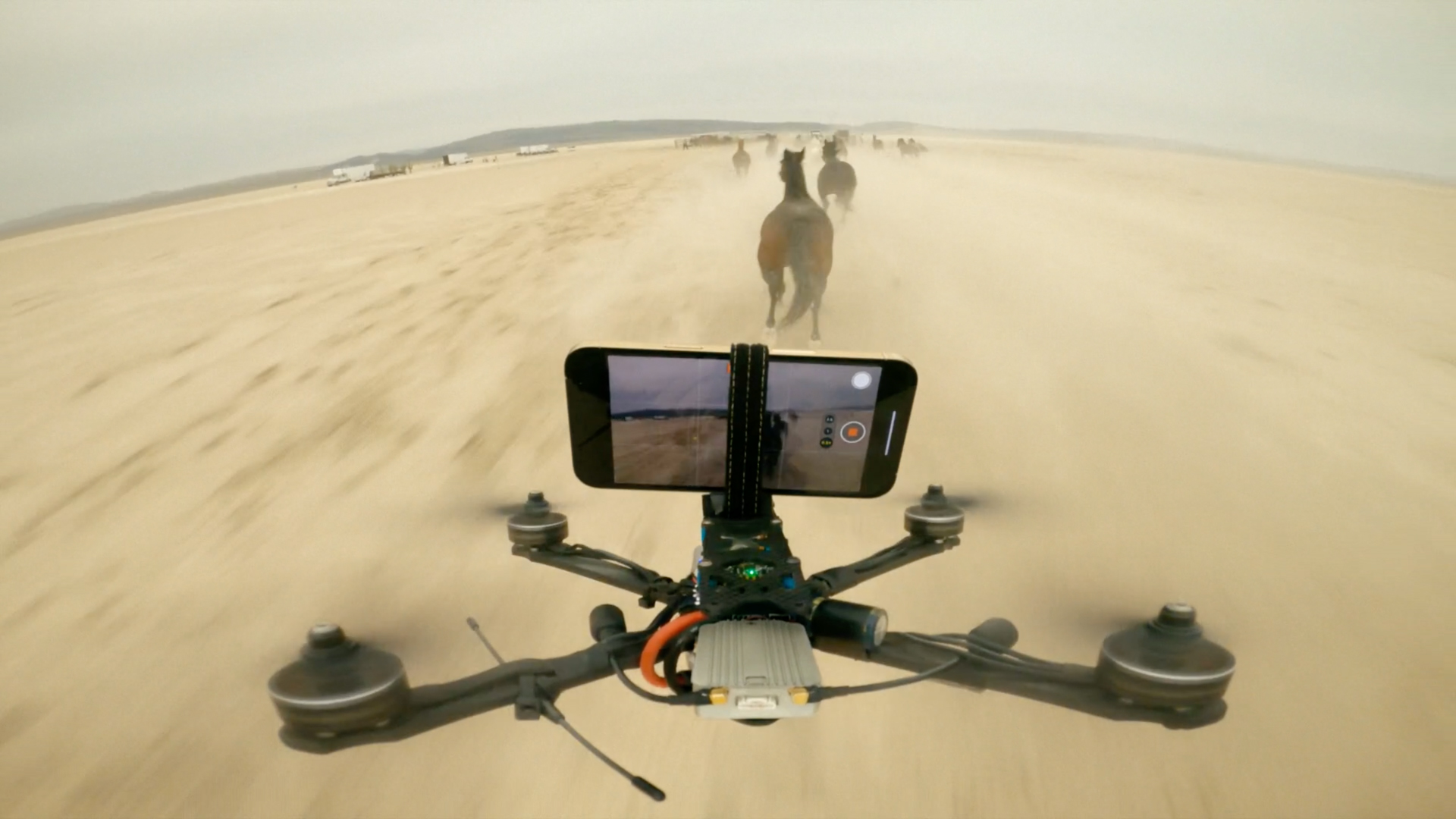
The iPhone 12 Pro Max's video chops also suggest that it might one day even be able to pull off computational video – in other words, creating effects like blurred backgrounds to help simulate pro video cameras.
The processing that the Pro Max is pulling off to achieve Dolby Vision HDR is pretty incredible. As Greg Joswiak, Apple's SVP of Worldwide Marketing, said in the keynote: "Every single frame of 10-bit video runs through our ISP, generating a histogram and allowing iPhone to grade each frame in Dolby Vision, live while you're recording. And we can do this at 4K resolution and 60 frames per second."
That's impressive power and the kind required to apply computational effects to video, too. Could the depth data gathered by the iPhone 12 Pro Max's Lidar scanner, which already helps improve low-light autofocus performance, also be used to simulate depth of field in video too? It's a tantalizing prospect, even if today's hybrid mirrorless cameras might disagree.
Pro by name...
From a video and photography perspective, then, the iPhone 12 Pro Max certainly earns its 'Pro' label.
There's now serious imaging daylight between Apple's 'Pro' phones and its standard iPhones. The Max even sits a notch above the iPhone 12 Pro, thanks to that larger sensor and sensor-shift stabilization. If you're in the market for a new iPhone and prize its camera above all else, we'd certainly wait for the iPhone 12 Pro Max to land in a few weeks.
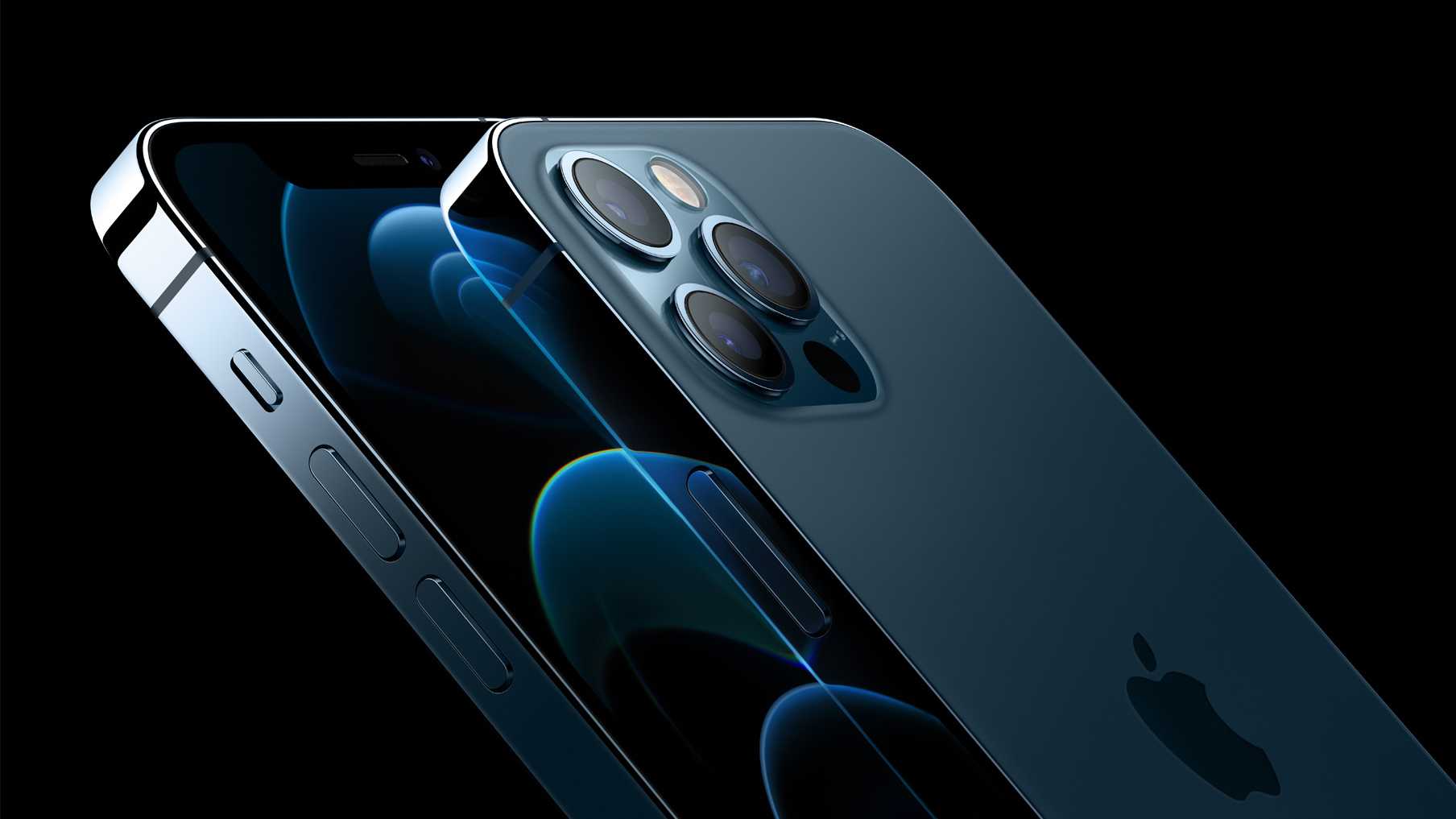
But more significantly for cameras in general, the new Pro Max represents a shift towards a new kind of Apple camera. It marries computational photography with old-fashioned hardware power, and adds a generous dash of creative control with a new raw format and support for Dolby Vision HDR.
Of course, these features still don't trump a mirrorless camera's handling, viewfinder, controls, or the flexibility of their larger sensors. But they do make the iPhone 12 Pro Max one of the most compelling compact cameras ever made. So compelling, in fact, that it could well be a more convenient option for those who'd have otherwise been drawn towards a mid-range mirrorless camera.
- Read our in-depth iPhone 12 Pro review
from TechRadar - All the latest technology news https://ift.tt/2To4oee
Aucun commentaire: